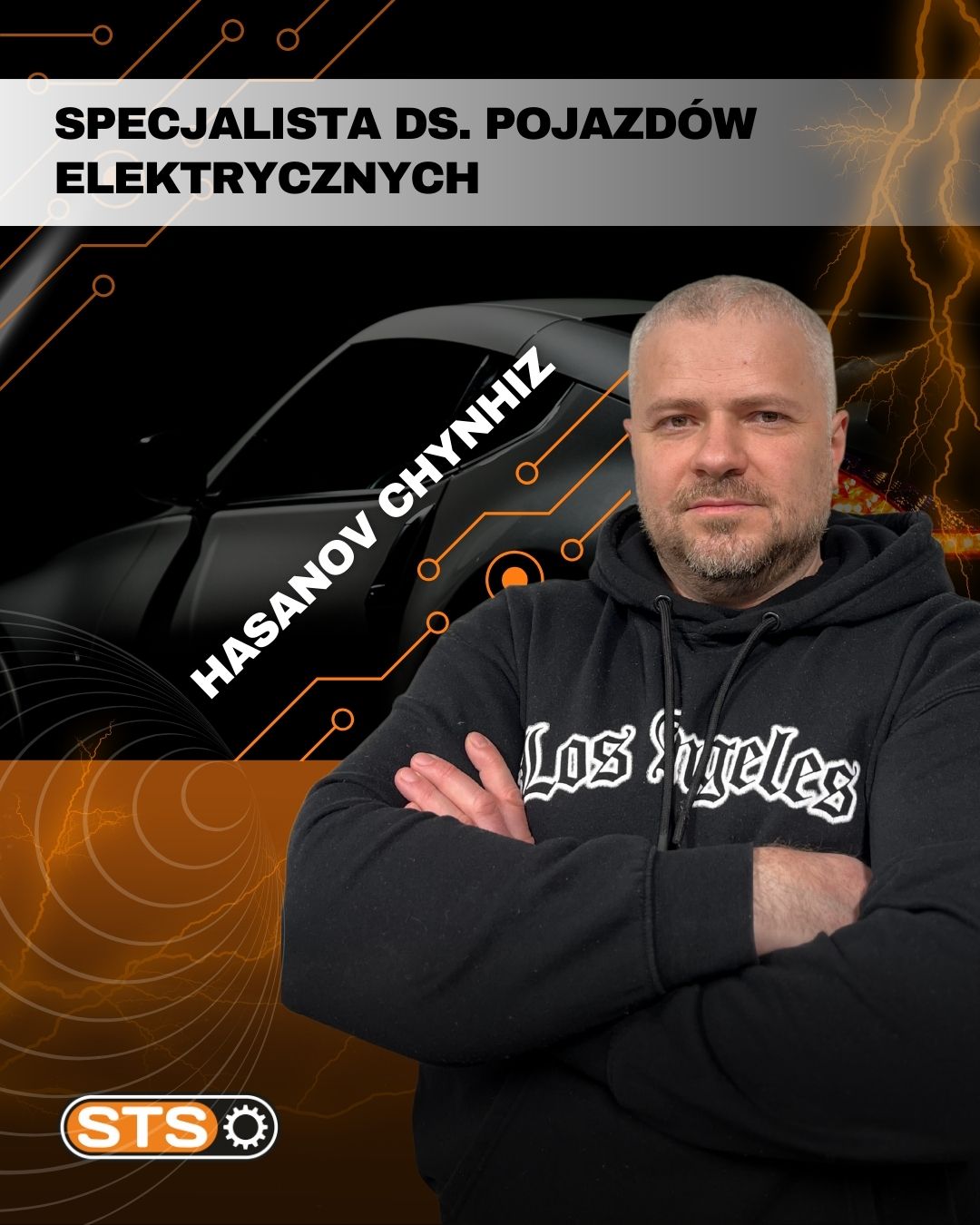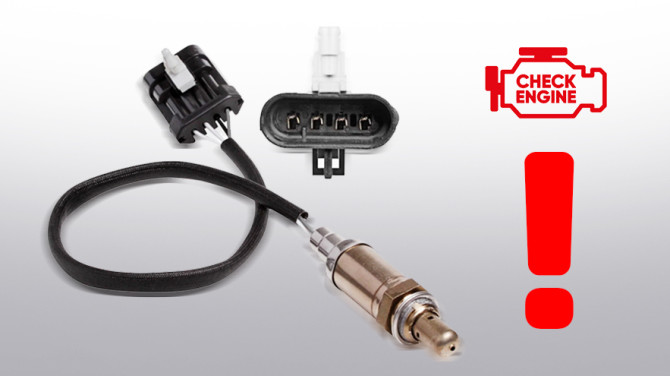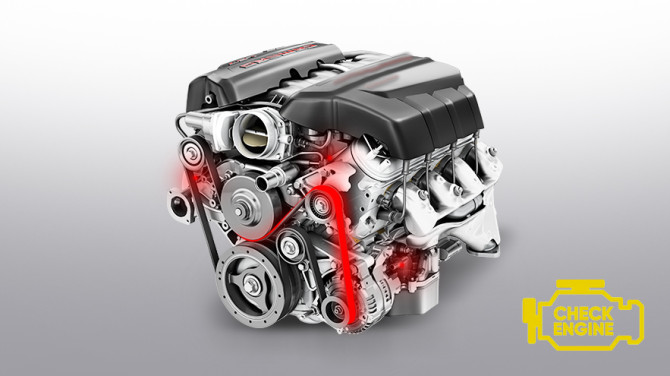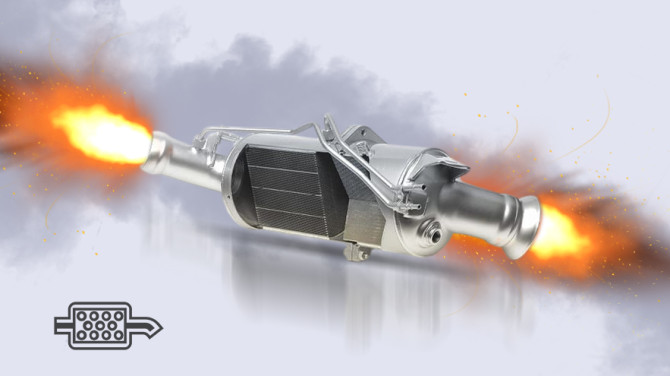Why do steering tie rod ends wear out and how do you replace them?
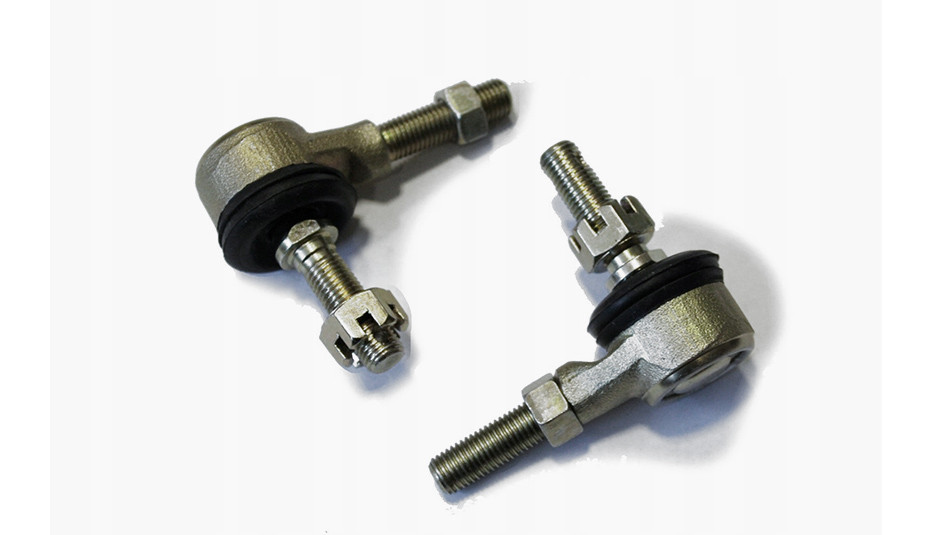
Tie rod ends connect the steering system and wheels, allowing the driver to transmit the steering force from the steering system to the wheels.
The only problem is that the steering system is attached to the chassis, while the wheels are flexibly suspended and move in three planes during driving. How to connect the moving wheels and the fixed steering mechanism?
Structural features of tie rod ends
The construction of the tie rod end resembles the structure of a human joint: the ball of the finger rotates inside a hemispherical body with Teflon, nylon bushing, or grease, eliminating friction of metal elements and allowing the finger to detach at a certain angle. The entire joint is protected by a rubber cover. Such a design allows for precise connection of fixed and movable elements of the steering system.
In general, the tie rod end is a reliable, wear-resistant element: the balls are made by casting or pressing from special steels, the ball seats are carefully ground, wear-resistant anti-friction materials are used as inserts, the body is die-cast and anodized to provide additional corrosion protection. There's not much to say about the tie rod.
Steering rod end operation diagram - nut - control arm - rubber boot - ball joint - attachment - hinge housing - spring - steering rod
So why do these reliable elements sometimes force drivers to go for inspection?
How and why do tie rod ends crack?
Tie rod ends never wear out on their own, unless the car is constantly exposed to the elements and simply rots. Usually, the driver "helps" the tie rod ends: they hit a curb suddenly at high speed, hit a rock, and the tie rod end gets bent. In reality, corrosion and deformation are the only possible faults of tie rod ends.
However, bent tie rods cause other troubles - the angles of inclination and convergence of the wheels are compromised, rubber covers of tie rod ends are torn or the entire tie rod end is torn off. So if you hit something big suddenly, it's a good idea to visit a service center and check the alignment of the tie rods just to be safe. If one link is bent, both will need to be replaced.
Why tie rod ends are destroyed
The condition of tie rod ends depends mainly on the driver and how they drive, at what speed, and how carefully they monitor the steering system. Also, the condition of the roads matters because no one is safe from "suddenly hitting a pothole in the dark."
Therefore, the first enemies of tie rod ends are "splendid" roads and drivers. Due to strong impacts, not only tie rods get bent, but also the lock nut that secures them becomes loose - and that, of course, can be dangerous. Additionally, a strong impact causes the tearing of covers, the displacement of the ball, contributing to the tearing of the bushing.
Torn cover is the second enemy. Yes, the cover again (sometimes it seems like the most important element in the system). Due to a torn cover, water and dirt get into the ball, metal elements corrode, dirt acts as an abrasive, and water gradually washes away the grease.
How can tie rod ends fail?
We've mentioned before that faults in various elements and components of the steering system can manifest in the same way: play, knocking, vibrations, tight or loose steering, impacts on the steering wheel.
You can assume that something is wrong with tie rod ends when:
- The gas pedal "hits" during driving;
- Soft and weak knocking occurs around the wheels when turning the steering wheel and driving on uneven roads;
- The steering wheel turns too easily;
- It's impossible to adjust the wheel tilt in any way.
To be 100% sure that the tie rod ends are worn out, lift the car or place it on a channel and shake the tie rods up and down, then the gap should not be more than 1.5 mm. You can ask a friend to turn the steering wheel, and observe the movement of the tie rod end - it should not hang in the socket.
IMPORTANT! Some drivers still try to regenerate tie rod ends instead of replacing them. Undoubtedly, it's a very technological process now. However, we do not recommend regenerating such an important element. The fact is that workshops replace the bushing - they "insert" new anti-friction material (the bushing is intended for a new ball). Meanwhile, the working surface of the ball is already worn. To match the hemispherical and spherical surfaces, a new bushing is pressed in. It turns out that for a cold car, the steering is tight, and when it's heated - the tie rod end still doesn't fit. In short, it's not worth it.
Replacing tie rods and tie rod ends
In summary, a situation has arisen where tie rod ends are damaged. Either tie rods have been bent. Or both. In any case, the element needs to be replaced.
How to do it:
- First, lift the car using a lift, remove the front wheels, and lock the steering wheel.
- Loosen the lock nut that secures the tie rod end to the rod.
- If there is a cotter pin, remove it from the lock nut (the cotter pin is a fastening element similar to an invisible hairpin used by women).
- Unscrew the lock nut securing the tie rod end to the steering knuckle (on the finger).
- Using a ball joint puller and socket, press out the tie rod end: insert the puller connector as tightly as possible under the tie rod end rubber and tighten the nut to the end. If the ball joint is very tight, you can gently tap the lever eye with a hammer. If there is no puller, you can go to plan B: take a hammer and a pry bar (or another hammer) and do the same.
- Before removing the tie rods from the steering knuckle, mark them - after installing new elements, the marks will tell you to what level you need to tighten the new tie rod end. This is necessary so that you can drive to the service station and adjust the camber.
There is an easier way to mark the position of the bends - just count the number of turns when turning them and remember.
7. Then remove the rubber cover and unscrew it from the gearbox.
8. Install new tie rods and tie rod ends in reverse order, lubricating the threads on the tie rods and fingers beforehand.
NB! Replacing tie rods and tie rod ends is only half the battle. After this procedure, remember to adjust the wheel alignment. If you don't adjust the wheel tilt, the tires wear unevenly, the chassis works improperly, and there are difficulties in driving. Remember: every intervention in the steering system and chassis requires subsequent wheel alignment!
As you can see, replacing tie rods and tie rod ends is not that difficult. But only in this case, when:
- You have the necessary tools;
- You bought high-quality tie rod ends and tie rods.
If not - it's better not to experiment and go to a service center, where tie rod ends will be installed "without noise and dust" (c).
